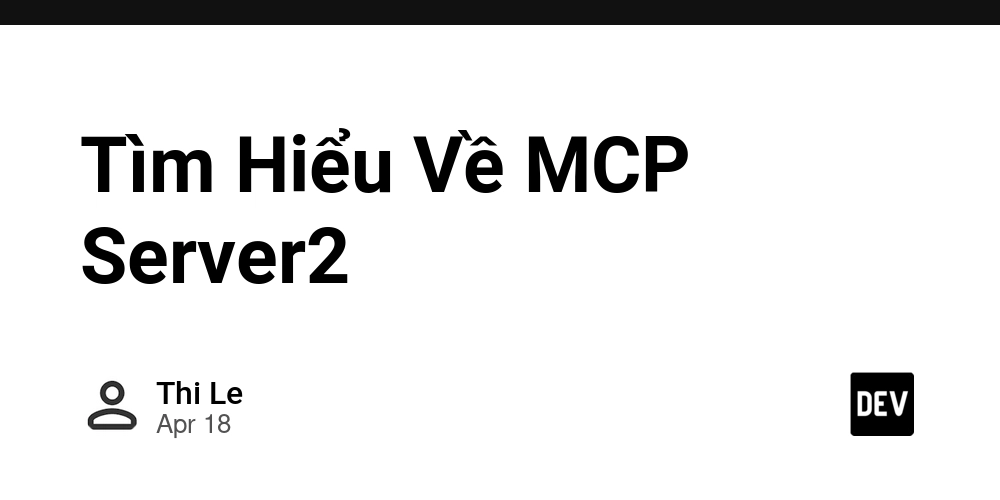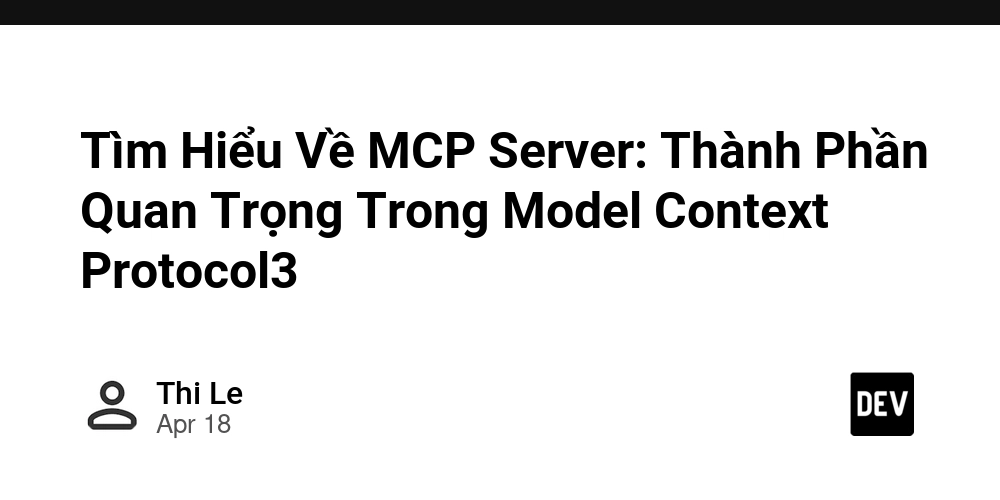Third-Party Risk Management – How to Build a Strong TPRM Program
In today’s interconnected business environment, organizations increasingly rely on third-party vendors, suppliers, and partners to deliver critical services and functions. While these relationships drive efficiency and innovation, they also introduce significant risks ranging from data breaches and operational disruptions to compliance violations and reputational damage. Third-Party Risk Management (TPRM) has emerged as a vital discipline […] The post Third-Party Risk Management – How to Build a Strong TPRM Program appeared first on Cyber Security News.
.webp?#)
In today’s interconnected business environment, organizations increasingly rely on third-party vendors, suppliers, and partners to deliver critical services and functions.
While these relationships drive efficiency and innovation, they also introduce significant risks ranging from data breaches and operational disruptions to compliance violations and reputational damage.
Third-Party Risk Management (TPRM) has emerged as a vital discipline for identifying, assessing, and mitigating these risks.
As regulatory scrutiny intensifies and digital ecosystems expand, developing a robust TPRM program has become a strategic imperative rather than a mere compliance checkbox.
This article explores how leadership can build and maintain an effective TPRM program that protects the organization while enabling business growth.
Third-Party Risk Management
Third-party risk management exists at the intersection of compliance, security, procurement, and business strategy.
The complexity of modern business ecosystems means organizations may have hundreds or thousands of third-party relationships, each presenting unique risk profiles.
These vendors often have access to sensitive data, critical systems, or provide essential services, creating potential vulnerabilities beyond an organization’s direct control.
Recent years have witnessed numerous high-profile security breaches originating from third parties, significantly amplifying regulatory attention to this area.
Financial consequences of inadequate TPRM can be severe, with the average cost of a third-party data breach exceeding $4 million, not including regulatory fines, litigation costs, and lasting reputational damage.
The expanding use of cloud services, outsourced business processes, and global supply chains only magnifies these challenges. Leaders must recognize that while third parties enable business agility, the ultimate responsibility for risks cannot be outsourced.
Organizations that fail to implement robust TPRM practices often discover too late that their security posture is only as strong as their weakest vendor link.
Key Components of an Effective TPRM Program
Building a resilient TPRM program requires a structured approach that integrates across business functions while maintaining appropriate governance.
Organizations must develop capabilities that span the entire third-party lifecycle, from initial selection through ongoing operations to relationship termination.
- Risk Categorization and Tiering: Implement a systematic method to classify third parties based on data sensitivity, regulatory impact, operational criticality, and financial exposure. This ensures proportionate due diligence and prevents wasting resources on low-risk relationships.
- Comprehensive Due Diligence: Develop standardized assessment procedures tailored to different risk tiers, incorporating security questionnaires, documentation reviews, financial stability analysis, and compliance verification. For critical vendors, this may include on-site assessments or penetration testing.
- Contractual Protections: Establish robust standard contract clauses covering security requirements, data protection, audit rights, service levels, incident reporting, business continuity, and termination provisions. These contractual safeguards provide legal recourse throughout the relationship.
- Continuous Monitoring: Move beyond point-in-time assessments to implement ongoing surveillance through automated tools, periodic reassessments, real-time threat intelligence, and performance reviews. This dynamic approach helps identify emerging risks before they materialize.
- Integrated Governance: Create clear roles, responsibilities, and escalation paths for TPRM across procurement, legal, security, compliance, and business units. This includes establishing a cross-functional committee to review high-risk relationships.
Organizations that excel at TPRM typically integrate these components into a unified program with executive sponsorship and clear metrics, recognizing it as a strategic discipline requiring cross-functional collaboration and appropriate technology enablement.
Leadership’s Role in TPRM Success
Executive leadership determines whether a TPRM program achieves sustainable success or becomes an ineffective bureaucratic exercise.
Forward-thinking leaders recognize that third-party risk management requires more than policies—it demands cultural commitment, appropriate resources, and strategic alignment.
The tone from the top establishes expectations around risk tolerance and accountability, directly influencing how seriously the organization approaches vendor governance.
Effective leaders demonstrate this commitment by regularly including third-party risk discussions in board meetings, allocating sufficient budget for TPRM tools and personnel, and reinforcing the importance of following established protocols even when business pressures mount.
Without visible executive support, TPRM initiatives often falter when they encounter resistance from business units focused primarily on operational outcomes or time-to-market considerations.
- Establish clear ownership and accountability for TPRM across the organization
- Ensure appropriate resource allocation based on the organization’s risk profile and third-party landscape
- Champion integration between TPRM and broader enterprise risk management
- Remove obstacles to cross-functional collaboration and information sharing
- Periodically review program effectiveness and drive continuous improvement
Creating a sustainable TPRM program requires balancing thoroughness with efficiency. Leaders must prevent the program from becoming so burdensome that it stifles innovation or drives relationships underground to avoid oversight.
This balance is achieved through appropriate technology investment, streamlined processes, and clear risk acceptance protocols. Progressive organizations are increasingly leveraging automation, artificial intelligence, and external risk intelligence services to enhance capabilities while reducing manual effort.
Beyond day-to-day operations, leadership must also establish strategic third-party risk appetite statements that align with broader business objectives and guide decision-making around which relationships warrant acceptance of higher risk profiles.
By actively engaging with TPRM outcomes, leaders transform what could be perceived as a compliance burden into a strategic advantage. Organizations with mature TPRM capabilities can move faster, partner more confidently, and recover more effectively when incidents occur.
Find this News Interesting! Follow us on Google News, LinkedIn, & X to Get Instant Updates!
The post Third-Party Risk Management – How to Build a Strong TPRM Program appeared first on Cyber Security News.




























![[Webinar] AI Is Already Inside Your SaaS Stack — Learn How to Prevent the Next Silent Breach](https://blogger.googleusercontent.com/img/b/R29vZ2xl/AVvXsEiOWn65wd33dg2uO99NrtKbpYLfcepwOLidQDMls0HXKlA91k6HURluRA4WXgJRAZldEe1VReMQZyyYt1PgnoAn5JPpILsWlXIzmrBSs_TBoyPwO7hZrWouBg2-O3mdeoeSGY-l9_bsZB7vbpKjTSvG93zNytjxgTaMPqo9iq9Z5pGa05CJOs9uXpwHFT4/s1600/ai-cyber.jpg?#)














































































































































![[The AI Show Episode 144]: ChatGPT’s New Memory, Shopify CEO’s Leaked “AI First” Memo, Google Cloud Next Releases, o3 and o4-mini Coming Soon & Llama 4’s Rocky Launch](https://www.marketingaiinstitute.com/hubfs/ep%20144%20cover.png)




































































































































































































![Rogue Company Elite tier list of best characters [April 2025]](https://media.pocketgamer.com/artwork/na-33136-1657102075/rogue-company-ios-android-tier-cover.jpg?#)








































































_Andreas_Prott_Alamy.jpg?width=1280&auto=webp&quality=80&disable=upscale#)






































































































![Apple Watch Series 10 Back On Sale for $299! [Lowest Price Ever]](https://www.iclarified.com/images/news/96657/96657/96657-640.jpg)
![EU Postpones Apple App Store Fines Amid Tariff Negotiations [Report]](https://www.iclarified.com/images/news/97068/97068/97068-640.jpg)
![Apple Slips to Fifth in China's Smartphone Market with 9% Decline [Report]](https://www.iclarified.com/images/news/97065/97065/97065-640.jpg)


































































































































